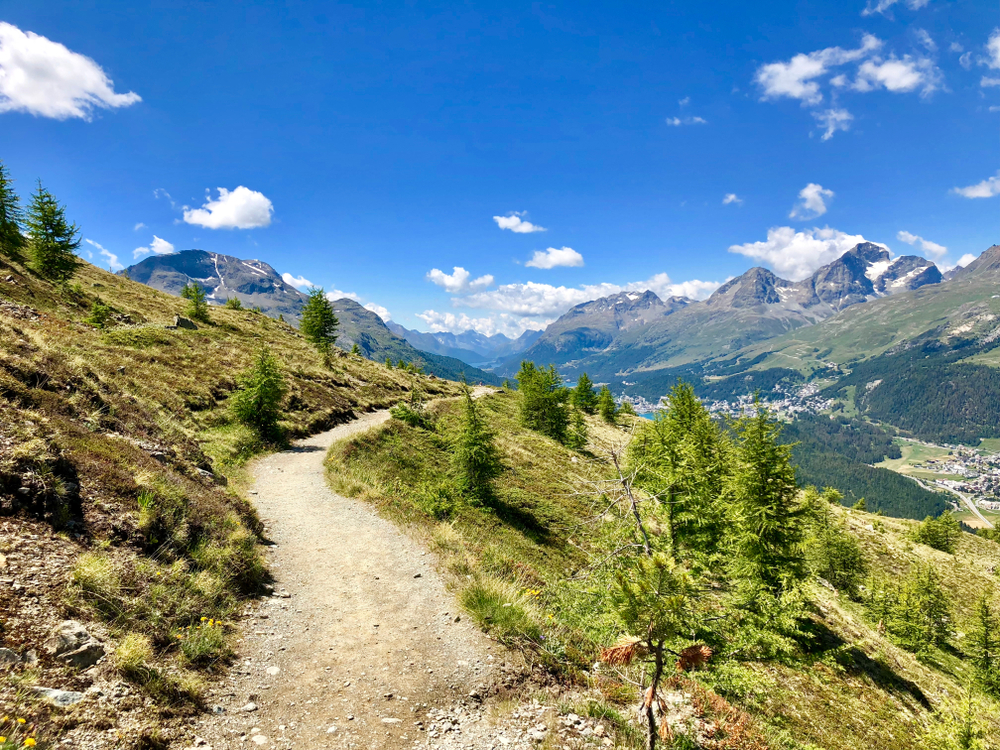Swiss Overview
Swiss National Park, known as “Parc Naziunal Svizzer” in the local Romansh language, is Switzerland’s oldest national park and a treasure trove of Alpine beauty. Established in 1914, the park spans an area of 67 square miles (172 square kilometers) and is located in the Engadine Valley of the canton of Graubünden, near the borders of Austria and Italy.
As part of the UNESCO Biosphere Reserve, it represents a pristine Alpine environment where nature thrives untouched by human interference, embodying the spirit of wilderness conservation.
The terrain of Swiss National Park is a striking blend of rugged mountain peaks, lush valleys, and dynamic landscapes carved by glaciers. Elevations range from 4,593 feet to 10,390 feet (1,400 to 3,180 meters) above sea level. Visitors can witness the grandeur of peaks such as Piz Quattervals and Piz Pisoc, while verdant alpine meadows, dense forests of larch and pine, and rocky outcrops provide dramatic contrasts in vegetation and terrain.
The park also boasts several picturesque streams, waterfalls, and tarns, which add to its tranquil charm. These ecosystems change dramatically with the seasons, showcasing vibrant wildflower blooms in summer and snow-covered tranquility in winter.
Wildlife is a significant draw for visitors to Swiss National Park, offering the chance to see an abundance of Alpine species in their natural habitat. Mammals such as ibex, chamois, red deer, marmots, and foxes roam freely across the landscape.
The park is also home to elusive predators like the lynx. Bird enthusiasts will find the skies and trees alive with species like golden eagles, nutcrackers, and alpine choughs, as well as numerous smaller songbirds. This biodiversity makes the park a haven for those seeking intimate encounters with nature.
Among the park’s most popular features are its extensive and well-marked hiking trails, which span over 50 miles (80 kilometers). These trails vary in difficulty, making them accessible to casual walkers and seasoned trekkers alike. The park adheres to strict conservation policies, so activities are limited to preserve its untouched wilderness.
Visitors can hike through the dense forests, ascend mountain paths, or marvel at geological formations like rockslides and moraines. Educational exhibits at the Zernez Visitor Center provide further insight into the park’s unique environment, history, and conservation efforts.
Conservation has been at the heart of Swiss National Park since its inception. It is one of the most strictly protected areas in Europe, adhering to a “hands-off” approach that allows ecosystems to develop without human influence.
This success has allowed many species to flourish, but challenges remain, such as the impacts of climate change and balancing the increasing interest in outdoor tourism with the need to preserve the park’s delicate ecosystems. Through research, education, and international collaboration, Swiss National Park continues to be a model for sustainable park management and biodiversity protection.










































































